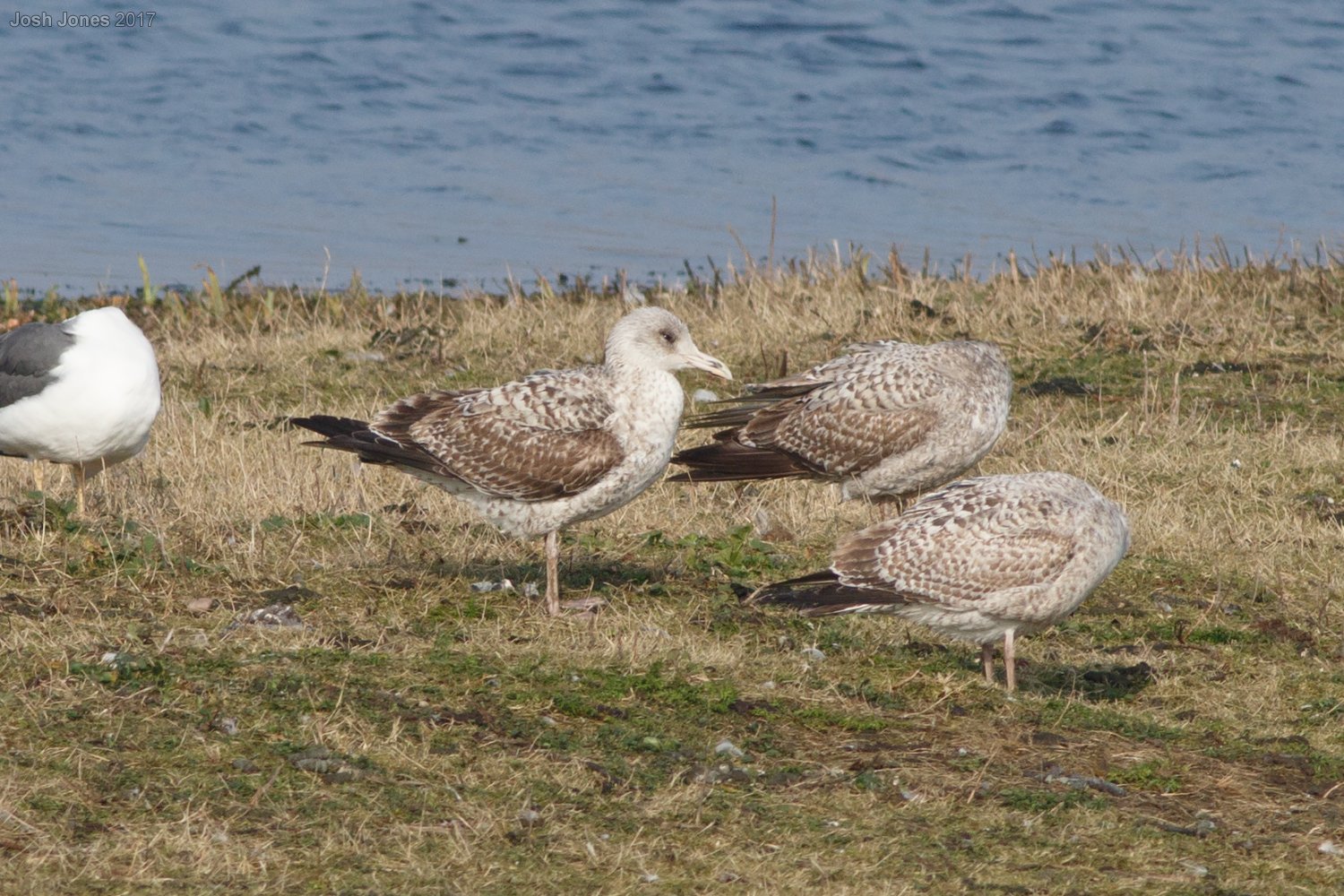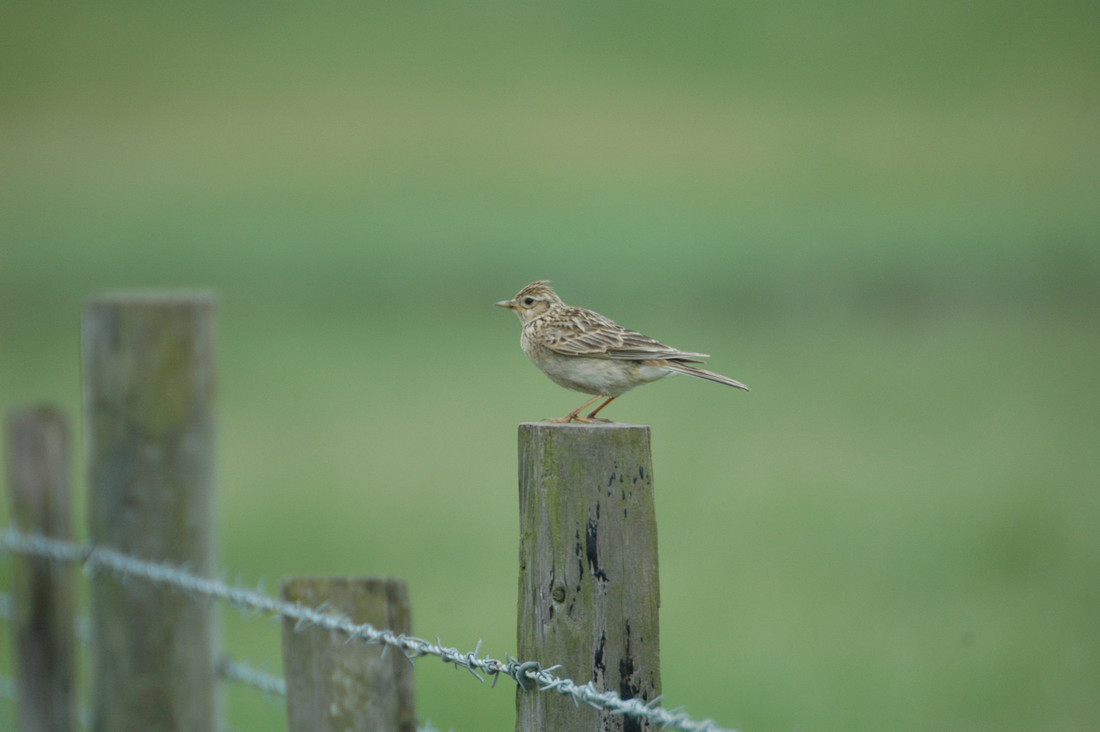Wildlife sightings for 29th April 2018
4 Whinchat - grazing marsh
5 Wheatear - grazing marsh, wader scrape
20 Yellow Wagtail - grazing marsh
1 Common Sandpiper - main lake
1 Little Ringed Plover - main lake
1 Lesser Whitethroat - singing by wildside hide
1 Swift - entrance area
17 House Martin - main lake
3 Swallow - main lake
2 Shelduck - wader scrape
4 Redshank - wader scrape
2 Red-crested Pochard - world wetlands, with living collection birds
April bird highlights: Goldeneye, Jack Snipe, Dunlin, Green Sandpiper, Common Sandpiper, Redshank, Greenshank, Oystercatcher, Whimbrel, Little Ringed Plover, Glaucous Gull, Mediterranean Gull, Common Tern, Peregrine, Red Kite, Buzzard, Redstart, Black Redstart, Ring Ouzel, Water Pipit, Rock Pipit, Nightingale, Yellow Wagtail, Sedge Warbler, Reed Warbler, Chiffchaff, Blackcap, Swallow, House Martin, Sand Martin, Wheatear, Lesser Whitethroat, Garden Warbler.
Winter bird report: The flooded marsh over the winter attracted Caspian Gull, Iceland Gull, Mediterranean Gull, Water Pipit, Stonechat (4-6), Dunlin, Wigeon (120+), Shoveler (80+), Teal and Gadwall. The marsh was lowered a little at the start of March to expose some muddy areas for waders and dabbling ducks. Snipe responded quickly and could be seen feeding across the field (>20 birds on some days). Other exciting early spring visitors included Spoonbill, Dunlin, Curlew, Black-tailed Godwit and Redshank. A nationally important count of 5 Jack Snipe was recorded regularly on the wader scrape, coming out to feed on the mats of cut Purple Loosestrife most days. By mid-March Lapwings were displaying across the scrape and marsh, setting up territories and starting to scrape out nest sites. After the first wintering Bittern was found mid-October, numbers peaked at 4 birds December/January. Birds were feeding all along the main lake reed and sedge-fringed shores. Other winter birds (November-Feb) included Firecrest, Short-eared Owl, Hawfinch, Great White Egret, Bearded Tit, Ring Ouzel and Green Sandpiper.
Flowering plants: (March-April) Snowdrop, Marsh Marigold, Cuckoo-flower, Blackthorn, Lesser Celandine, Wood Anemone, Bulbous Buttercup, Thale Cress, Hairy Bittercress, Common Whitlowgrass, Parsley-piert, Wild Cherry, Cowslip, Primrose, Dove’s-foot Crane’s-bill, Petty Spurge, Mediterranean Spurge, Common Field Speedwell, Ivy-leaved Speedwell, Sweet Violet, White and Red Dead-nettle, Dandelion, Groundsel, Colt’s-foot, Butterbur, Garden Grape Hyacinth, Fritillary, Summer Snowflake, Wild Daffodil, Grey Willow, Goat Willow, Purple Willow, White Willow, Crack-willow, Osier, Black Poplar, Aspen, Silver Birch, Field Wood-rush, Annual Meadow-grass.
Amphibians: first Marsh Frogs calling (April 6th) on the entrance lake, and calling in wildside and reedbed (April 16th).
Butterflies: Red Admiral (early Feb), Small Tortoishell and Peacock (March 23rd), Brimstone, Comma and Small White (April 5th).
Other insects: Bee-fly, European Orchard Bee (Seen mating April 5th. First record for UK), Early Mining Bee, Clark’s Mining Bee.
Reptiles: Juvenile Common Lizards by WWF and Dulverton Hides; a site count of 58 Slow Worms (43 juveniles, 7 females, 8 males); and 2 Grass Snakes (adult and juvenile) in wildside.


